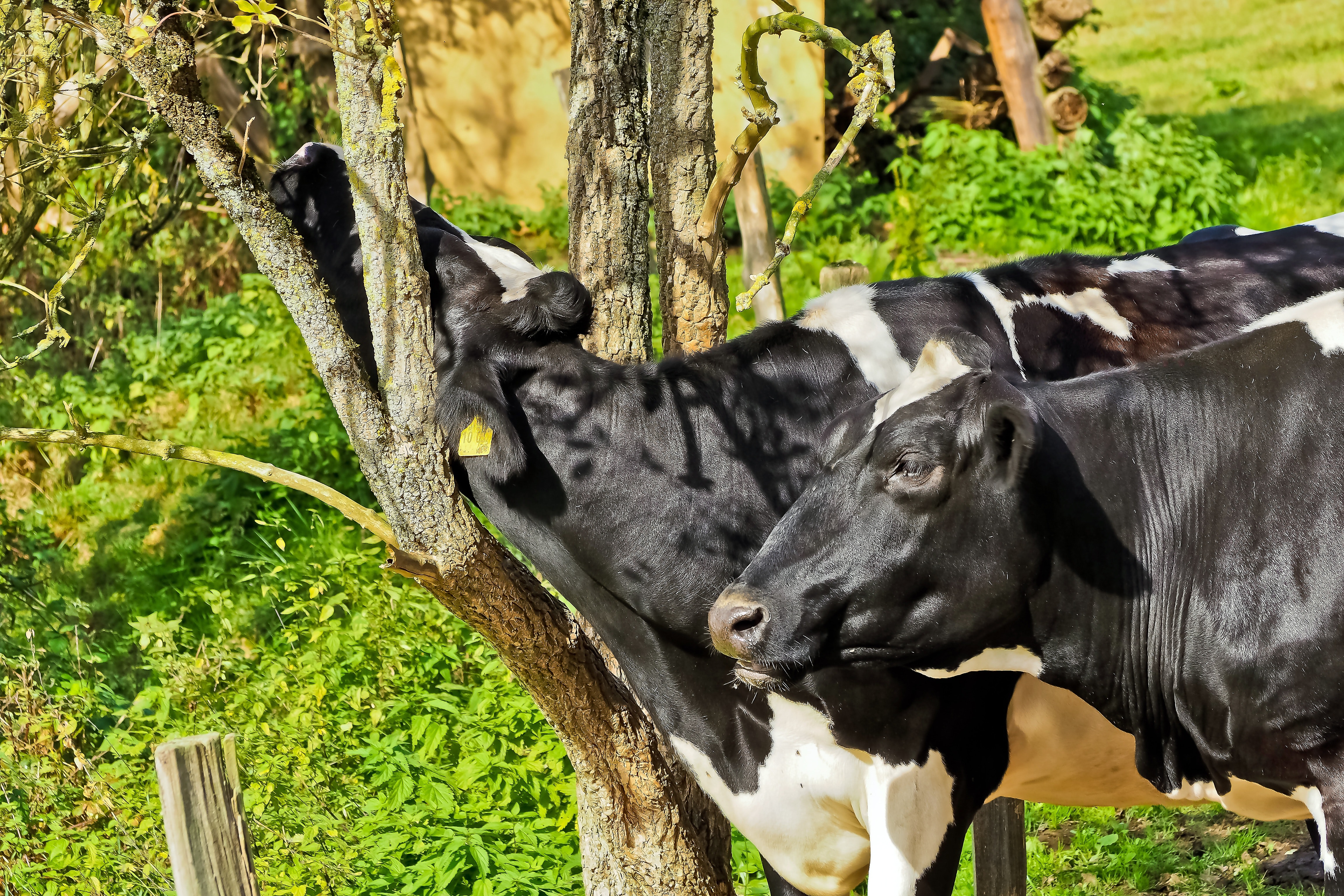Scientists Determine Cattle Industry’s True Affect on Environment
(WASHINGTON, DC) USDA announced this week the results of a comprehensive life-cycle analysis quantifying the resource use and various environmental emissions of beef cattle production in the United States. The goal was to establish baseline measures that the U.S. beef industry can use to explore ways of reducing its environmental footprint and improve sustainability. USDA research found that greenhouse gas emissions (GHG) were not all that different from what other credible studies had shown, and the cattle industry is not a significant contributor to long-term global warming. According to the study, the seven regions’ combined beef cattle production accounted for 3.3 percent of all U.S. GHG emissions. By comparison, transportation and electrical generation together made up 56 percent of the total in 2016 while agriculture combined for a total of just nine percent. Also, cattle only consumed 2.6 pounds of grain per pound of beef, which is comparable to pork and poultry. Beef operations in the Northwest and Southern Plains had the highest total water use (60 percent combined) of the seven regions analyzed. Irrigating crops to produce feed for cattle accounted for 96 percent of total water use across all regions.















































